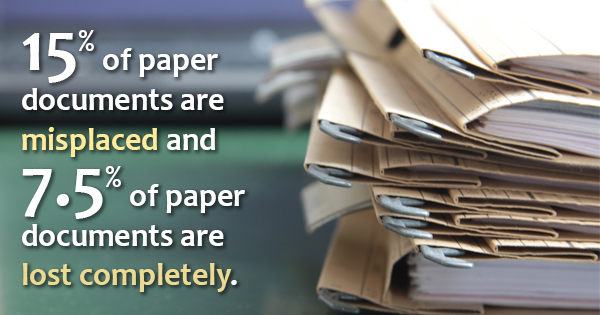5 Myths About RFID Chips

RFID, or radio-frequency identification, is slowly but surely making its way into our everyday lives. RFID uses electromagnetic fields to automatically identify information stored in the tag. This makes it possible for us to use things like credit cards for contactless transactions or automatic parking garage passes. While there seem to be many practical uses for RFID chips, people have some concerns with things like contactless card fraud using RFID card readers. This article takes a closer look at a few common myths about RFID chips to put your mind at ease.
Myth #1: People can easily access other people’s RFID data.
While RFID chips can be hacked by someone who knows what they’re doing, there are many factors that limit the ease of RFID chip data theft. For starters, hackers using RFID card readers must be in close physical range. The signal weakens as the distance lengthens, so the thief would have to be close by. Additionally, a hacker must be in the same building as the chip since a RFID chip cannot be read through walls. The ease of hacking also depends on the chip itself. RFID chips are all made differently, some better at securing data than others. In fact, many RFID cards run on different frequencies, which hackers can’t target all at once. Considering all of these factors, it’s very unlikely that your RFID chip will be hacked, especially since companies are continuously working on increasing security measures.
Myth #2: An RFID chip will be used by the government to track people.
While it is possible to track people using RFID cards, it’s important to remember that it’s almost always been possible to track people using a variety of methods. RFID has many practical benefits, like making identification more efficient and making it more difficult to forge documents. Lost or stolen documents will be a thing of the past if RFID is used to store this information. Lost documents are a common problem — in fact, 15% of paper documents are misplaced and 7.5% of paper documents are lost completely, according to the Gartner Group. So while RFID card readers can be used for a variety of things, they are currently focusing on other tasks besides tracking people.
Myth #3: Privacy will be a thing of the past with RFID chips.
RFID chips contain a minimal amount of information and with it needing to be in short range to RFID card readers to be read, this isn’t a probable issue. There are extra security measures you can take if you’re really worried about your information being stolen, like buying a RFID-blocking wallet. But with the RFID technology we have today, it seems like your private data will remain private.
Myth #4: If someone steals your card, they can make large purchases.
Many people believe that since small purchases can be made with using a contactless reader without having to put in a PIN, if someone steals a card they’ll be able to continuously make small purchases. But the reality is that once a card is reported stolen, the card will no longer be able to be used without the PIN at a credit card reader for verification purposes.
Myth #5: You can get a speeding ticket through your RFID information.
In the United States, any program that has experimented with ideas like drivers license scanners has shut down due to being seen as operating outside of the law. Similarly to radar or camera automatic ticketing programs, using RFID information has proven to be troublesome. There are other countries in the world who are continuing to experiment with this ticketing method, but as of right now, automated ticketing systems continue to be experimental.
Now that you’re a little clearer on what’s true about RFID chip information and what’s not, hopefully, you’ll feel more comfortable using RFID chips. More and more companies are investing in this technology, and it looks like it’s here to stay.
